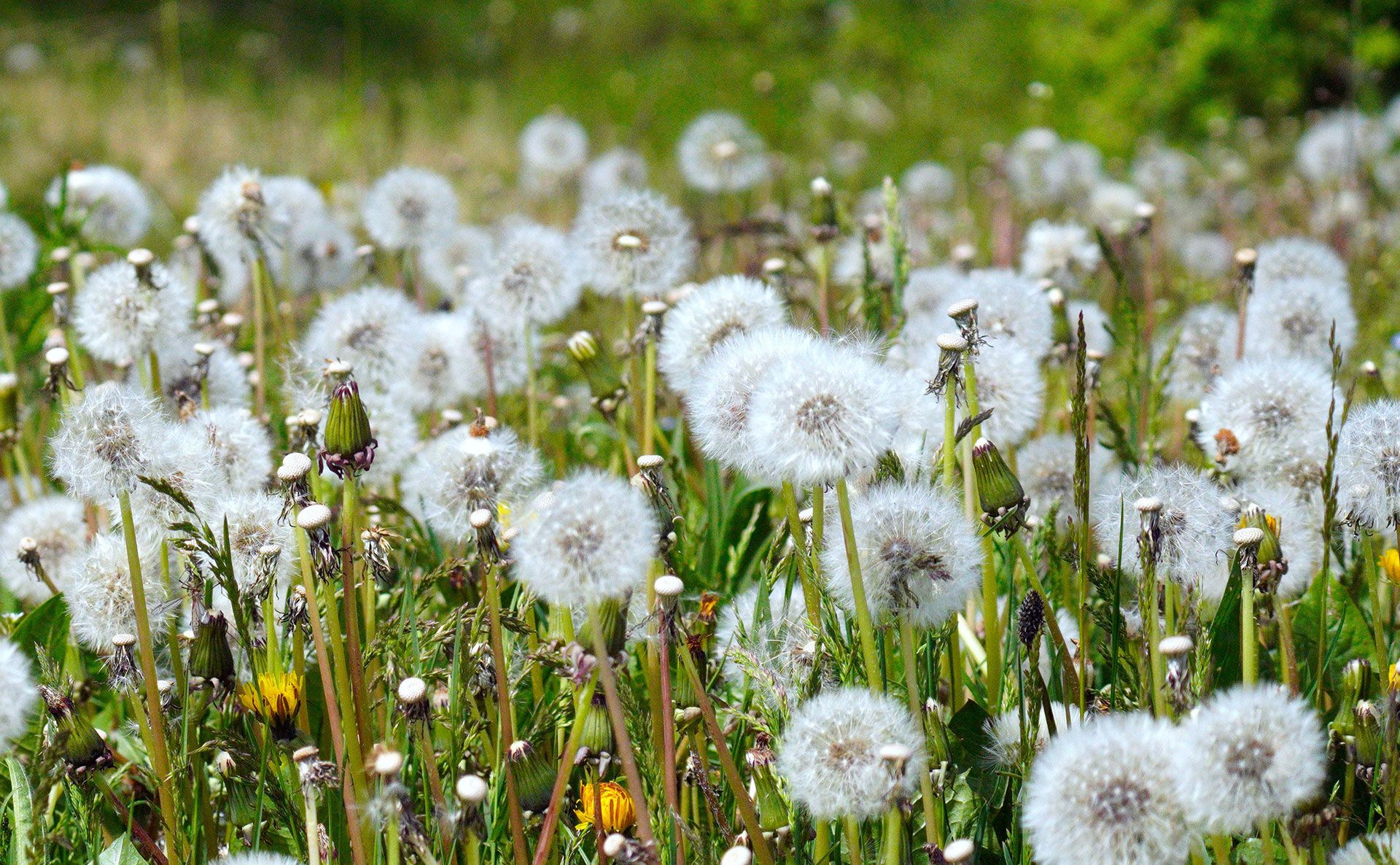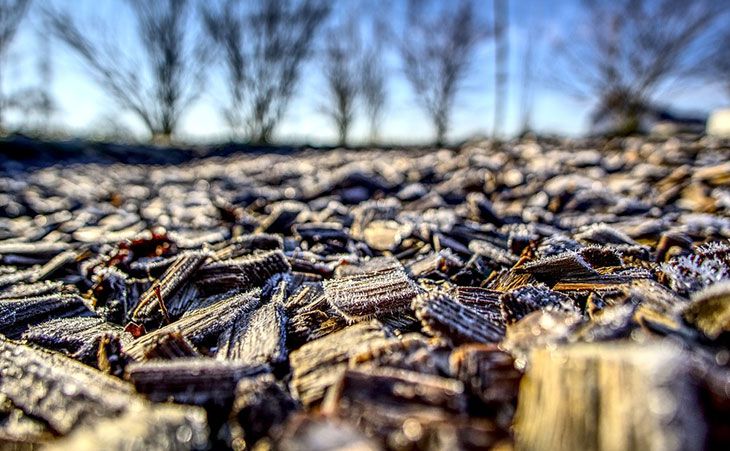Organic Weed Control

Weeds are the bane of every gardener’s existence. They will grow in the worst soil, in prolonged drought and in the tiniest sidewalk crack, while your trees and plants - all soundly fed, watered and pampered - struggle to survive. It's mighty tempting to shoot them with a little chemical herbicide to make them go away, but if you're an organic gardener, you know this is not an option.
The weeds must go, and for good reason. They suck the life out of your soil: the nutrients, the minerals, the water … stealing it away from your treasured fruit trees and garden plants. That alone is reason enough to motivate you to get rid of them, even though it seems like for every weed you pull, another six pop up in its place!
Here are a dozen helpful tips to keep the weeds away
Prevention
Spading and tilling the soil will disrupt weed seeds and inadvertently "plant" many of them, which will germinate once sunlight and water reach them. Avoid disturbing the soil to the degree that you can; this practice also allows the beneficial creatures that live in your soil (microbes, earthworms, tiny “good” insects and fungi) to thrive and keep your soil healthy.
Mulch
Placing a nice 3-4" blanket of organic mulch around your fruit trees and over your garden soil will also prevent light from getting to weed seeds, as well as smother existing weeds. Organic mulch can be composed of untreated grass clippings, shredded bark or aged wood chips ("fresh" ones will emit too much nitrogen as they decompose and could burn the roots of young trees and plants). Don't use hay because it usually carries with it a whole lot of seeds. Landscape fabric or old cotton sheets also make a great weed barrier. Beware of using corrugated cardboard and newspaper because of the ink and chemicals used to process them.
Square-Foot Gardening or High-Density Planting
Most weed seeds need light to germinate. By planting wide rows with footpaths between them, or squares filled edge to edge, you can dim the light and prevent weeds from sprouting. Even if they do sprout, they won't receive enough sunlight to survive and will be shaded out.
Boiling Water
Boil a pot or teakettle of water and pour it over weeds you want to get rid of. It's an excellent way to dispose of weeds in driveway/sidewalk cracks and footpaths. Don't worry - by the time the water reaches any living grass or plants, it will have cooled off and won't damage anything.

"Solarizing"
Here's a clever and inexpensive way to clear even a large area of weeds in a sunny area: When the weather warms, cut some clear plastic sheeting to cover the area you want to "de-weed". Lay the plastic over the area and weight the perimeter with bricks or stones. Wait 4-6 weeks, or until the hot sun has baked the weeds and they're brown and brittle. (Tip: If you really want to get rid of the weeds, till the area to dislodge hidden weed seeds and let them sprout. Then cover the area with your plastic sheeting and let the sun do its work.)

Corn Gluten Meal
Corn gluten meal will not kill weeds that are already visible above ground, but it does act as a very effective weed-preventer, like Preen® - but without any chemicals. Be sure not to sprinkle this in areas where you intend to plant wanted seeds, or the corn gluten meal will also prevent those from sprouting. Always buy certified organic corn gluten meal to avoid GMOs (common in corn) or glyphosate (the super-toxic ingredient in Round-Up®) to your soil.
Starvation & Dehydration
When you indiscriminately fertilize and water your trees and plants, you're likely doing the same for the weeds. Drip irrigation and watering bags do a better job of targeting what actually needs watering, and if you can avoid broadcast feeders and hose-end sprayers for fertilizing with water-soluble plant food, try and do so.
Baking Soda
Use baking soda if you have plants you want to keep amongst the weeds. Simply put some baking soda in a shaker jar and shake about 1 tablespoon of baking on wet weeds to kill them. If you do this regularly over any kind of sizable area, do a periodical soil pH test to make sure you haven't raised the pH to above 6.5.
Vinegar & Salt
This recipe works well on weeds with shallow roots (vs. dandelions). Combine 1 quart vinegar and ¼ c. iodized salt in a large saucepan and heat until salt is dissolved. Fill your favorite spray bottle with the mixture, and add ½ t. liquid dish soap. (The remainder of the solution can be stored indefinitely for refills.) Spray only on weeds.
Alcohol
This technique works best in full sun. Mix the following in a large spray bottle:
- 2 ounces rubbing alcohol
- 2 cups of water
- 3 drops of dish soap (to allow the solution to adhere)
- Turn the nozzle to "Stream", if you have the option, to avoid spraying nearby plants. The spray solution keeps indefinitely.
Firepower
A flame-weeder - essentially a long, blowtorch wand attached to a small propane tank - literally burns up the weeds. Tall weeds may require several treatments, as the roots will keep sending up new shoots until they're out of energy. Take care not to use flame-weeders during droughts or in the fall, when dry leaves can catch fire and spread.
Elbow Grease
Pull them out and toss them on a hot compost pile or use a sharp hoe to chop them in half without actually turning over the soil. That's probably what your forebears did, and it's what we do at our Stark Just-Organic Farm. It gets the job done!



